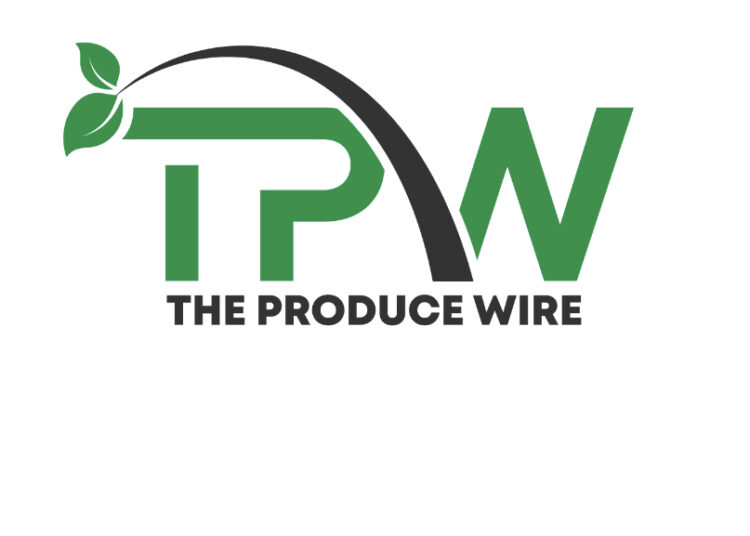Swedish health officials are searching for the source of a Salmonella outbreak that has affected almost 30 people.
Folkhälsomyndigheten (the Public Health Agency of Sweden) reported that the number of reported cases of Salmonella has increased significantly since August.
Whole genome sequencing has shown that 27 people have the same type of Salmonella Typhimurium. They are suspected of having been infected by a common source.
Patients fell ill between Aug. 9 to 24 and ranged in age from 4 to 89 with a median of 45 years old.
The majority of those sick are women, and cases are spread across 11 different regions in the country.
The source of infection is believed to be food, which is widely distributed in Sweden.
The relevant infection control units, the Swedish Food Agency (Livsmedelsverket) and the Public Health Agency of Sweden are working to identify the source of infection.
In 2023, 1,316 Salmonella infections were reported in the country. Three outbreaks with ten or more cases were found.
Campylobacter update
In August 2024, Sweden was still dealing with high levels of domestic Campylobacter infections.
In a week in late July, 200 domestic cases of Campylobacter were reported. From the end of July to mid-August, 161 to 169 cases were recorded per week.
According to data from the National Veterinary Institute (SVA), the rise in human infections coincides with a previously increased occurrence of Campylobacter in broiler flocks.
Finally, the Swedish government has commissioned an analysis of the Swedish Food Agency.
Statskontoret (The Swedish Agency for Public Management) will perform an introductory and in-depth assessment of the authority.
The basic analysis includes the authority’s tasks, resources, and goals and the results achieved based on these. It also explains how internal and external factors affect the authority’s results and which future issues will be important for the agency to carry out its mission going forward.
An in-depth analysis will be made of how the authority’s dialogue with different target groups works and how the set-up with other authorities with related tasks is designed and works. The final report is due by October 2025.
About Salmonella
Food contaminated with Salmonella bacteria does not usually look, smell, or taste spoiled. However, anyone can become sick with a Salmonella infection. According to the CDC, infants, children, seniors, and people with weakened immune systems are at higher risk of serious illness because their immune systems are fragile.
Anyone who has developed symptoms of Salmonella food poisoning should seek medical attention. Sick people should tell their doctors about the possible exposure to Salmonella bacteria because special tests are necessary to diagnose salmonellosis. Salmonella infection symptoms can mimic other illnesses, frequently leading to misdiagnosis.
Symptoms of Salmonella infection can include diarrhea, abdominal cramps, and fever within 12 to 72 hours after eating contaminated food. Otherwise, healthy adults are usually sick for four to seven days. In some cases, however, diarrhea may be so severe that patients require hospitalization.
Older adults, children, pregnant women, and people with weakened immune systems, such as cancer patients, are more likely to develop severe illness and serious, sometimes life-threatening conditions. Some people get infected without getting sick or showing any symptoms. However, they may still spread the infections to others.
(To sign up for a free subscription to Food Safety News, click here.)













